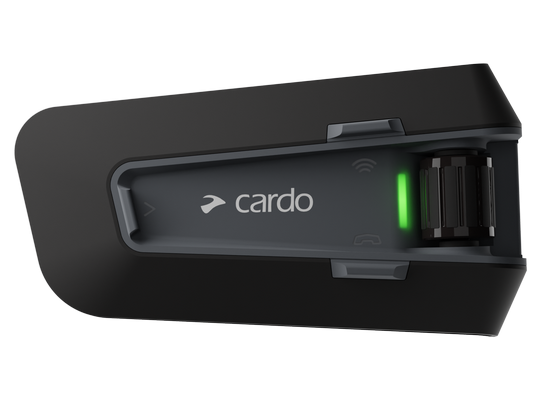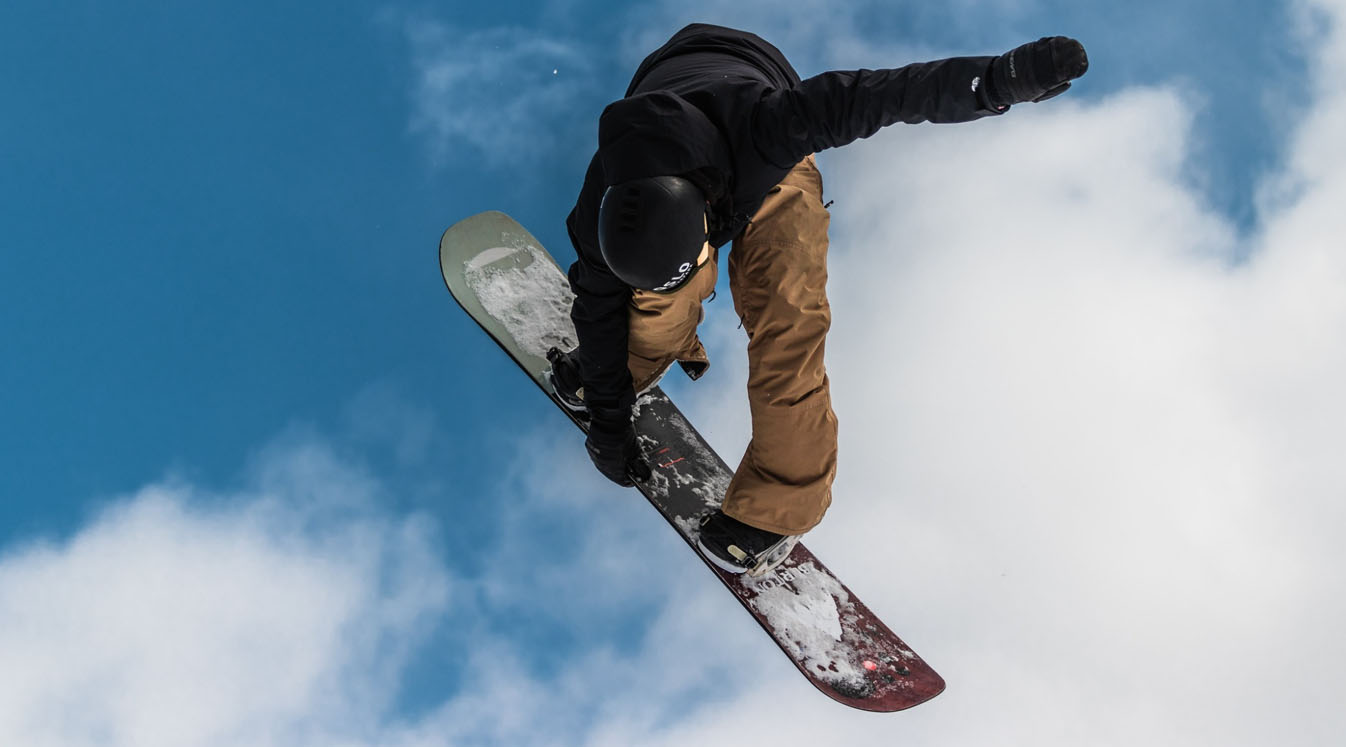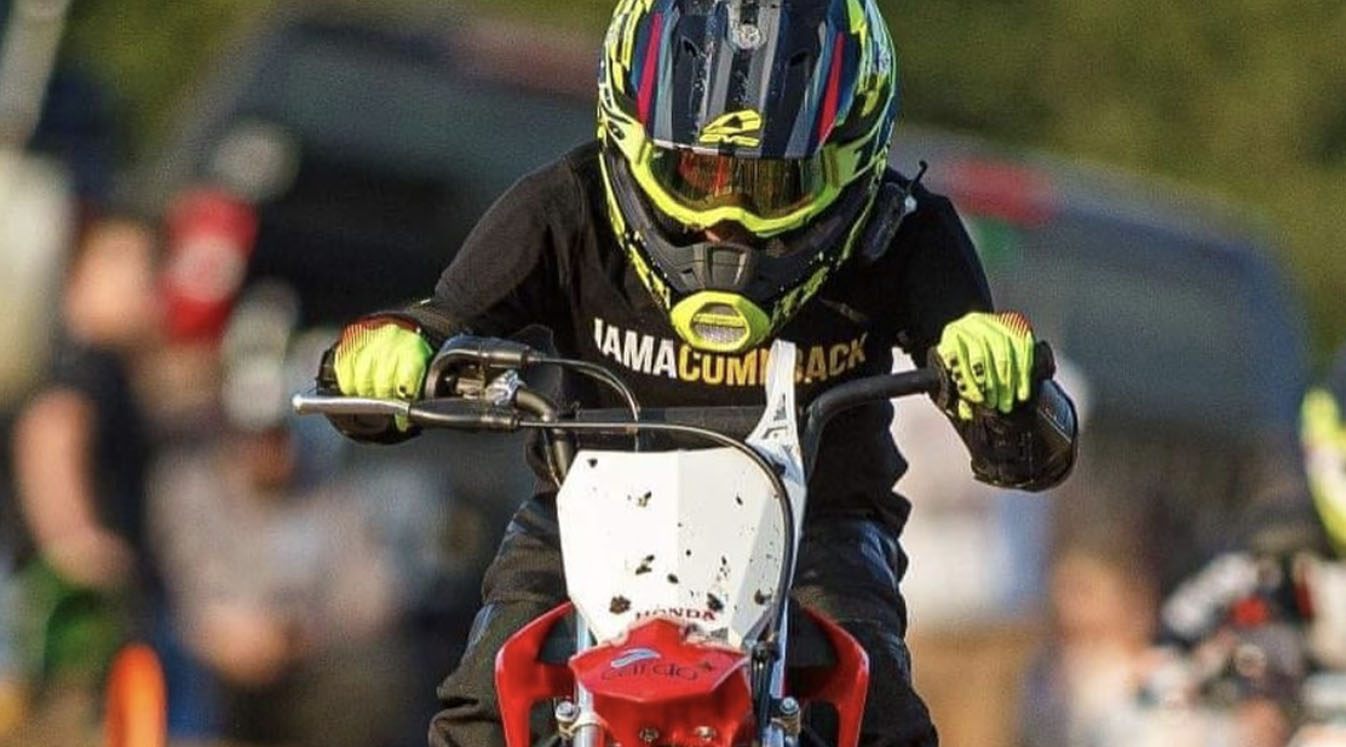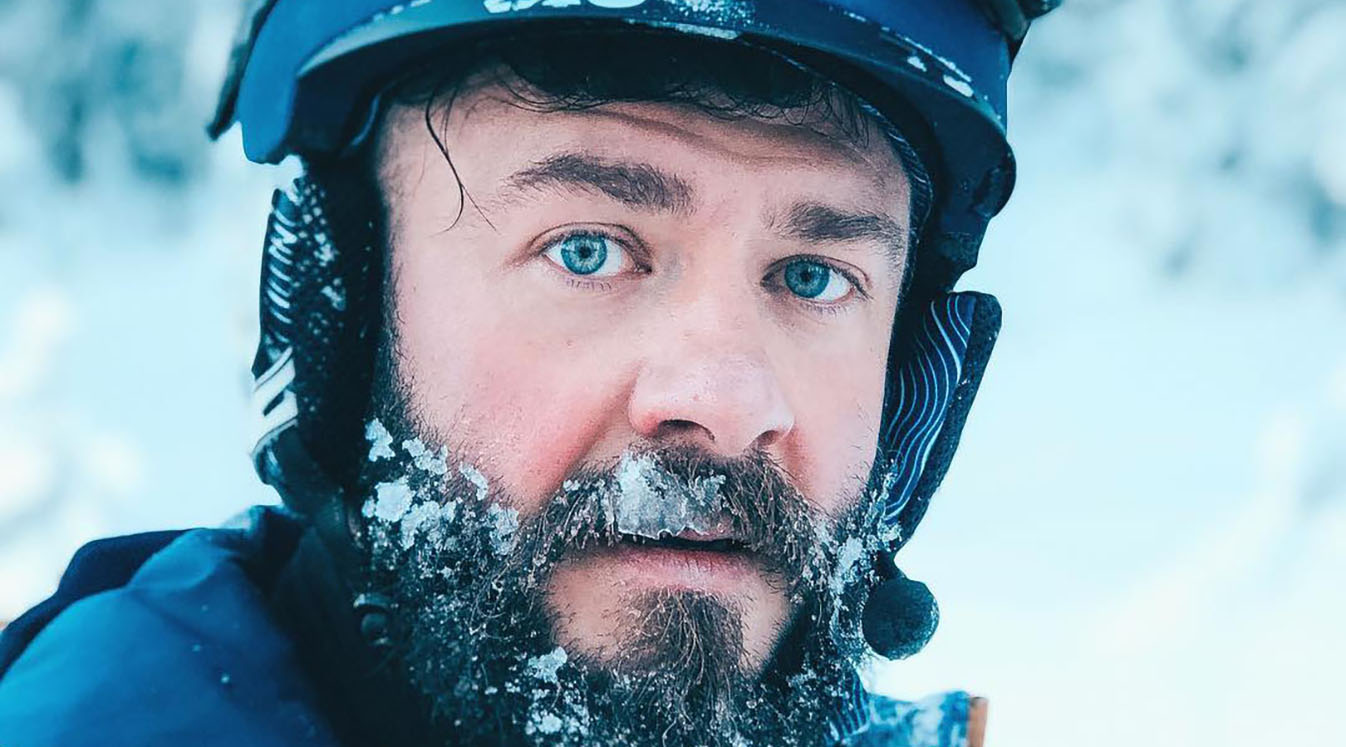So, do you need to wear a helmet to snowboard?
Yes, children and adults should wear a helmet when snowboarding, according to medical experts. But the lodge or park where you ski may not require you to do so. It’s not uncommon to see experienced snowboarders on the slopes without a helmet, but that doesn’t mean you should follow in their footsteps. Doing tricks and flips only increase your risk of head injury, so be sure to wear a helmet when you hit the ramp.

You can wear either a full-face or half-face helmet when riding. Both have shown to reduce the risk of injury, but you’ll need to wear goggles as well if you choose the latter. Not all snowboarding helmets offer the same level of protection. Look for those with the ASTM F2040 or CE EN 1077 rating, which means the helmet has been tested for impact.
The helmet should also fit your head properly even with a hat or head scarf underneath. Children should use helmets specifically for young riders. Most helmets come with an adjustable strap that makes it easy to secure on your head. If you need to wear earmuffs in addition to your helmet, look for pairs that wrap around your neck instead of around your head.
Why You Should Wear a Helmet While Snowboarding
The helmet is designed to absorb the shock of the impact to protect your head and neck. You may still get hurt if you get into a nasty accident, but the helmet will significantly reduce the severity of the injury.
It also provides additional warmth and insulation from the cold. It prevents air from escaping from the top of your head to keep your body temperature up when the weather takes a turn for the worse.
Use the Packtalk Outdoor with or without a Helmet
Helmet Communication
Wearing a helmet makes it easy to use a helmet communication device on the trail. Most Bluetooth headsets mount onto the person’s helmet to keep the receiver close to their mouth without totally blocking out the sound around them. The device offers hands-free communication by connecting to your phone via Bluetooth so you can make a phone call or listen to your favorite song.
When shopping for a wireless headset, make sure the device won’t inhibit your ability to wear a helmet or you may be tempted to leave yours at home. Helmets usually aren’t meant to be worn with headphones like Apple AirPods because the sides of the helmet will crush the buds into your ear, which makes for an uncomfortable ride. They also cut out other noises, which decreases spatial awareness.
Use the Packtalk Outdoor to keep in touch with your companions without hurting your ears. It comes with JBL speakers that produce clear audio in any situation. It fits onto your helmet for easy listening without putting your safety at risk.

Yarygin/Shutterstock
Use Helmet Communication to Stay Connected on the Trail
Keeping up with your companions can be a struggle, especially when you’re just starting out. The Packtalk Outdoor uses dynamic mesh communication to create a direct link between you and everyone else in your group. It will automatically reconnect as soon as you are within range of another rider, so you don’t have to keep fiddling with your device. There’s nothing like meeting up with the rest of your buddies at the bottom of the hill as you recount your latest triumph. Helmet communication lets you check in with each other without taking off your gear.
You should always play it safe and wear a helmet when snowboarding. It keeps you warm and makes it easy to communicate in a group. Keep these tips in mind to make the most of your time on the slopes.









